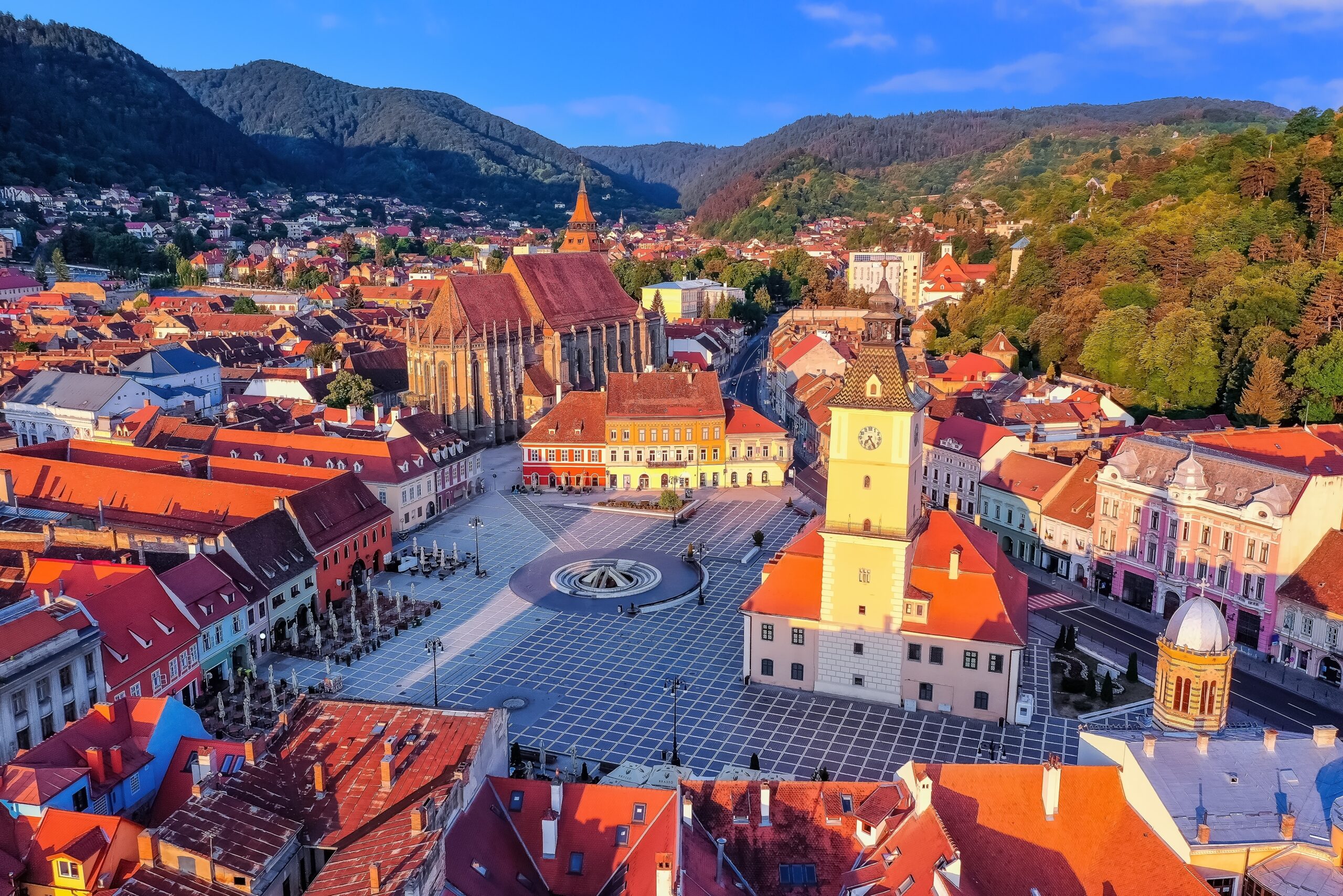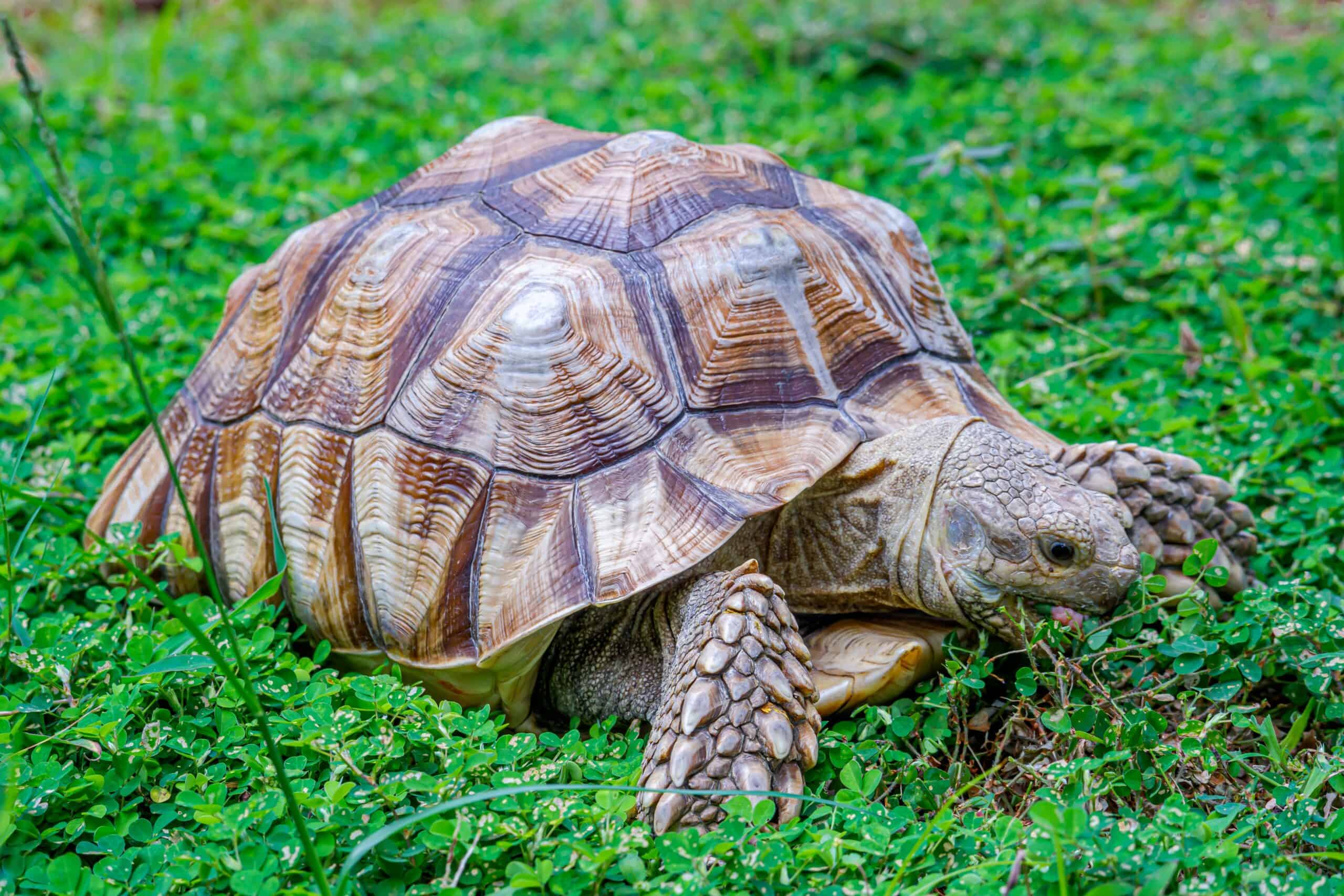Plants never cease to amaze with their incredible diversity, and some species stand out as truly unique in appearance and behavior. From flowers that emit strange odors to plants that move on their own, the botanical world is full of fascinating surprises. These lesser-known plants not only showcase nature’s creativity but also have evolved remarkable traits to survive in their environments. Whether they are thriving in deserts, rainforests, or even underwater, each of these plants has a story to tell. Let’s explore some of the most unique and intriguing species you may not have known existed.
Welwitschia Mirabilis
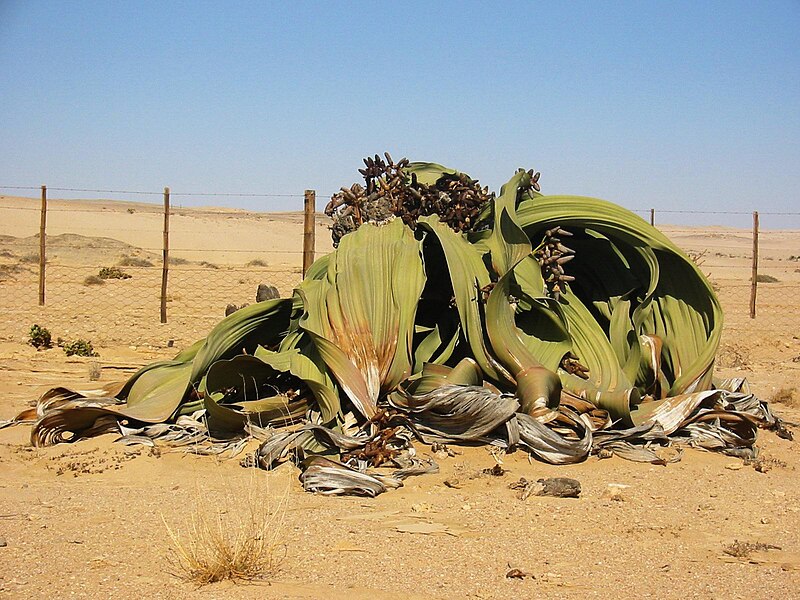
Native to the Namib Desert, Welwitschia is an ancient plant that can live for over 1,000 years. Its bizarre appearance, with just two long, strap-like leaves that grow continuously, sets it apart from most plants. Despite the harsh desert conditions, it thrives by absorbing moisture from fog. The plant is considered a living fossil, having survived for millions of years in one of the most arid regions on earth. It’s a true marvel of evolution and adaptation.
Corpse Flower (Amorphophallus titanum)

Known for its gigantic bloom and pungent smell, the Corpse Flower is an exotic plant native to the rainforests of Sumatra. When it blooms, it emits a foul odor resembling rotting flesh, attracting pollinators like flies and beetles. Its bloom can grow up to 10 feet tall, making it one of the largest flowers in the world. Interestingly, this plant can go years without blooming, making each event a rare spectacle. Despite its gruesome fragrance, the flower captivates plant enthusiasts worldwide.
Dragon’s Blood Tree (Dracaena cinnabari)
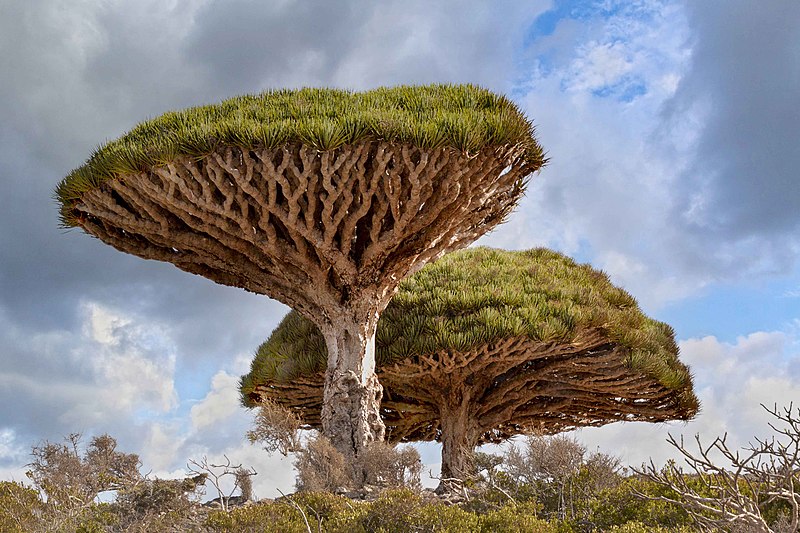
Found on the remote Socotra Island, the Dragon’s Blood Tree gets its name from the red sap it produces, which has been used for medicinal and dye purposes for centuries. Its umbrella-like canopy helps the plant survive in its arid environment by shading its roots and reducing water loss. The tree’s alien-like appearance, with a dense crown of spiky leaves, makes it a striking feature in the landscape. The red resin was once thought to be the blood of dragons, contributing to its mystical allure. Today, it is a symbol of the island’s unique biodiversity.
Living Stones (Lithops)
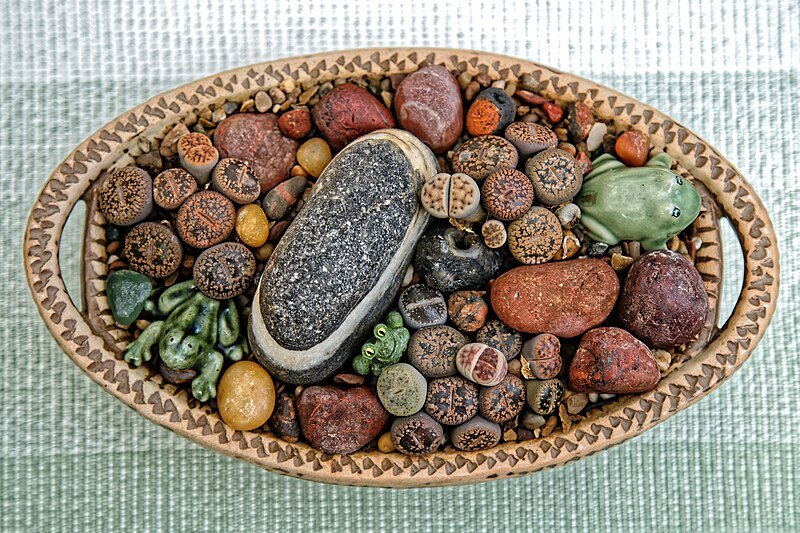
Lithops, commonly known as living stones, are small succulents that resemble pebbles or stones, blending seamlessly into their natural surroundings. These plants have adapted to their environment by minimizing their above-ground exposure, which helps them conserve water in arid regions. Their unique shape allows them to survive in areas where they are less likely to be grazed by animals. During their flowering season, they produce daisy-like blooms that emerge between their stone-like leaves. These succulents are popular among collectors for their intriguing and varied appearances.
Ghost Orchid (Dendrophylax lindenii)
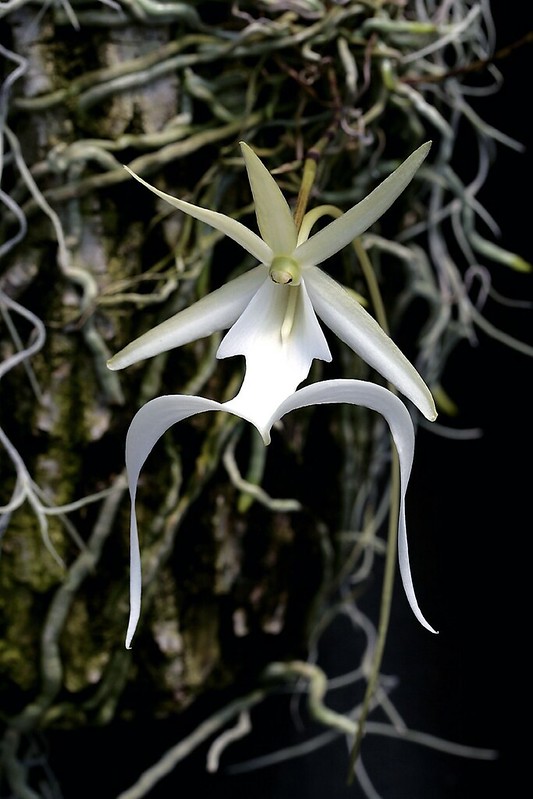
The elusive Ghost Orchid, native to the swamps of Florida and Cuba, is famous for its ethereal appearance and difficulty to find in the wild. Unlike most plants, it has no leaves and relies on its roots, which cling to trees, to absorb moisture and nutrients. The flower, which seems to float in the air, blooms infrequently and requires very specific conditions to thrive. Its haunting beauty and scarcity make it a prized species for orchid enthusiasts. It’s a plant that symbolizes the fragile balance of its swampy habitat.
Corpse Lily (Rafflesia arnoldii)
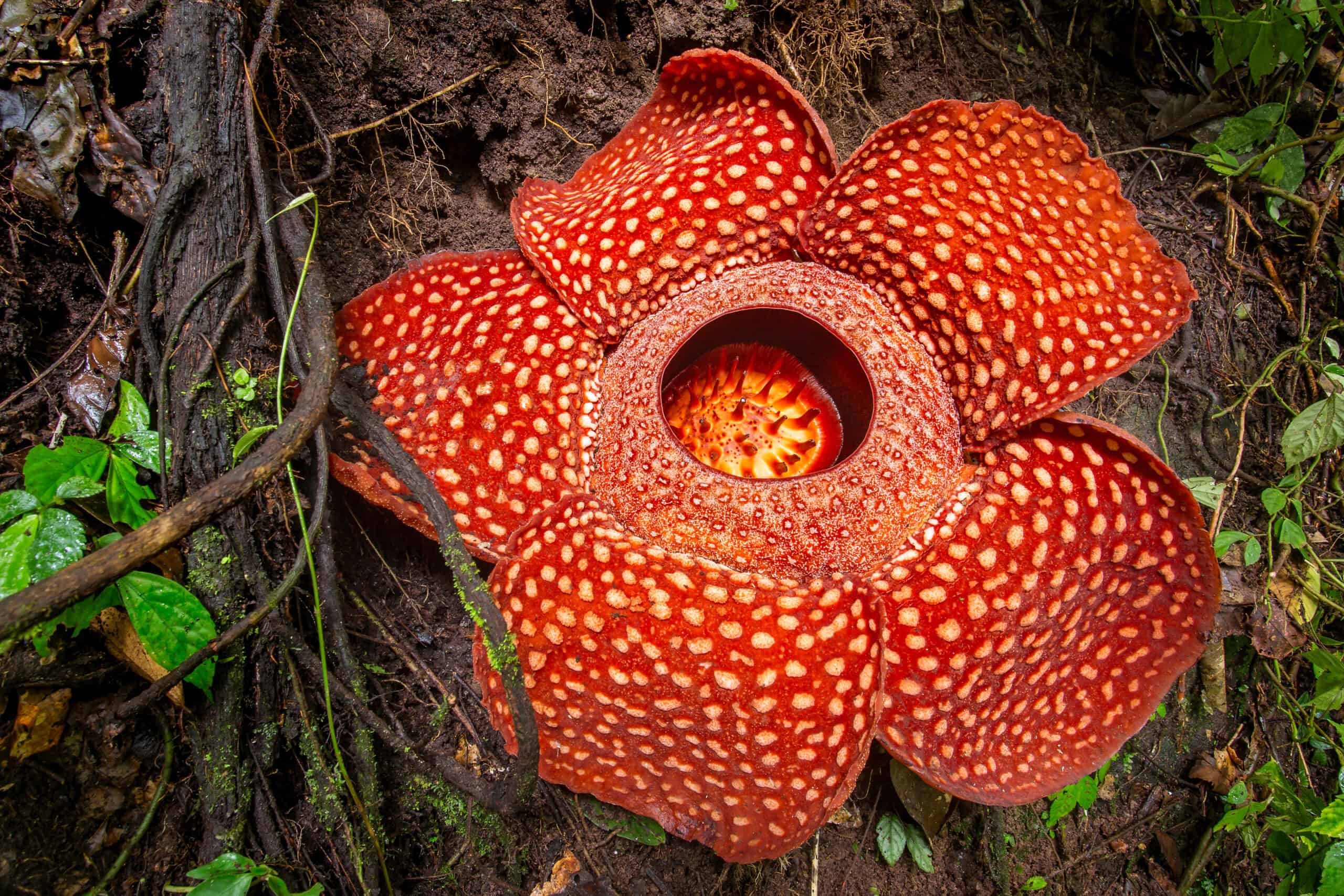
Rafflesia arnoldii, another “corpse flower,” is renowned for producing the largest individual bloom of any plant, sometimes spanning over three feet in diameter. This parasitic plant lacks stems, leaves, or roots and survives by siphoning nutrients from a host vine. Its pungent scent of decaying meat attracts insects, which help with pollination. Found in the rainforests of Southeast Asia, this flower blooms for just a few days, making its sightings rare and special. Its sheer size and unusual life cycle fascinate botanists and nature lovers alike.
Giant Water Lily (Victoria amazonica)
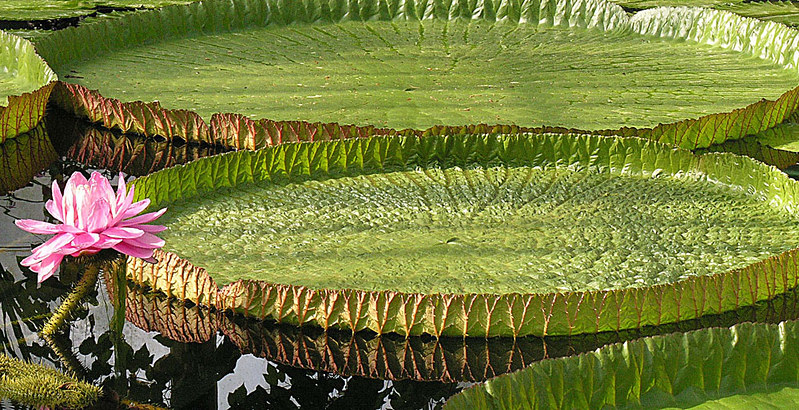
The Giant Water Lily, native to the shallow waters of the Amazon Basin, is known for its enormous leaves, which can reach up to 10 feet in diameter. These floating leaves have air-filled sacs that allow them to support significant weight, even that of a small child. The lily produces fragrant, large white flowers that bloom for just a few days before turning pink. Indigenous people have used the plant for various purposes, including medicine and shelter. Its grandeur makes it one of the most impressive aquatic plants in the world.
Sensitive Plant (Mimosa pudica)
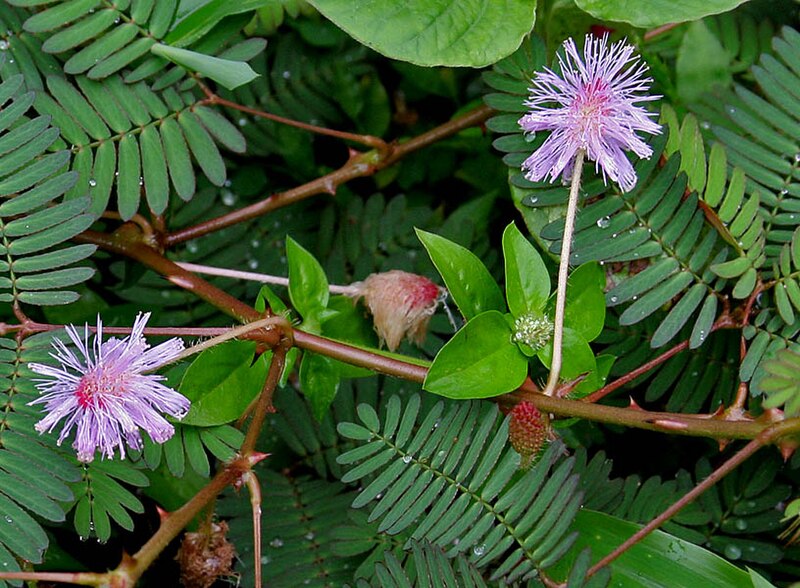
Mimosa pudica, or the Sensitive Plant, is famous for its rapid leaf movements in response to touch. When touched or shaken, its leaves fold inward as if shrinking away from contact, a defense mechanism believed to deter herbivores. This fascinating behavior makes it a favorite among plant enthusiasts and children alike. The plant grows in tropical regions and produces delicate pink pom-pom-like flowers. It is also used in traditional medicine to treat various ailments, adding to its intrigue.
Hydnora Africana
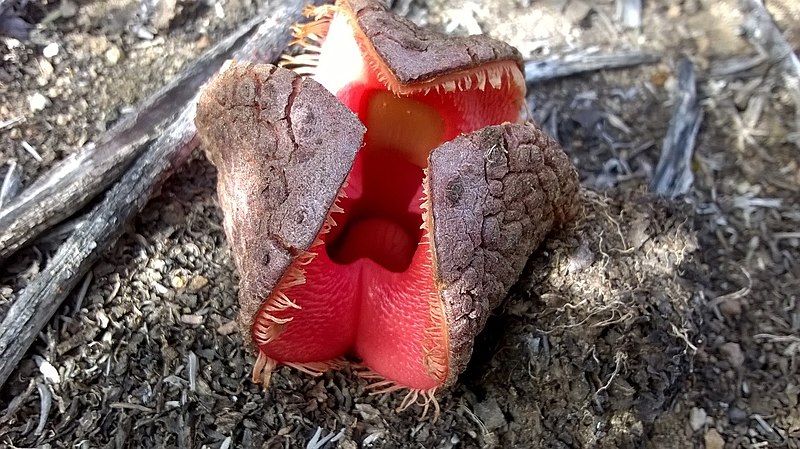
Hydnora Africana, a bizarre parasitic plant native to southern Africa, spends most of its life underground, surfacing only to bloom. The plant lacks chlorophyll, meaning it doesn’t photosynthesize and instead relies on its host’s roots for nourishment. Its flower resembles a fleshy, tubular structure that emits a foul odor to attract dung beetles, its primary pollinators. Despite its off-putting appearance and smell, Hydnora has been used in traditional medicine for its antibacterial properties. It’s a hidden gem of the plant world, thriving in harsh desert conditions.
White Bat Flower (Tacca integrifolia)
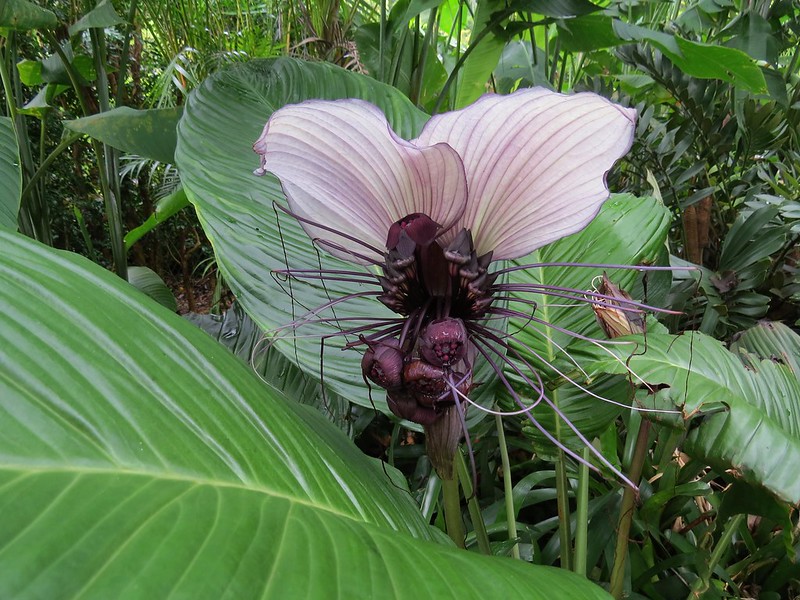
With its unusual, bat-like appearance, the White Bat Flower is native to tropical regions of Southeast Asia. Its large, wing-like bracts and long, whisker-like appendages give it a hauntingly beautiful look. The plant prefers humid environments and can thrive as an indoor plant with proper care. Its striking form makes it a favorite among collectors, and its bloom can last for several weeks. This plant’s mysterious aesthetic is sure to captivate anyone who encounters it.
Pitcher Plant (Nepenthes)
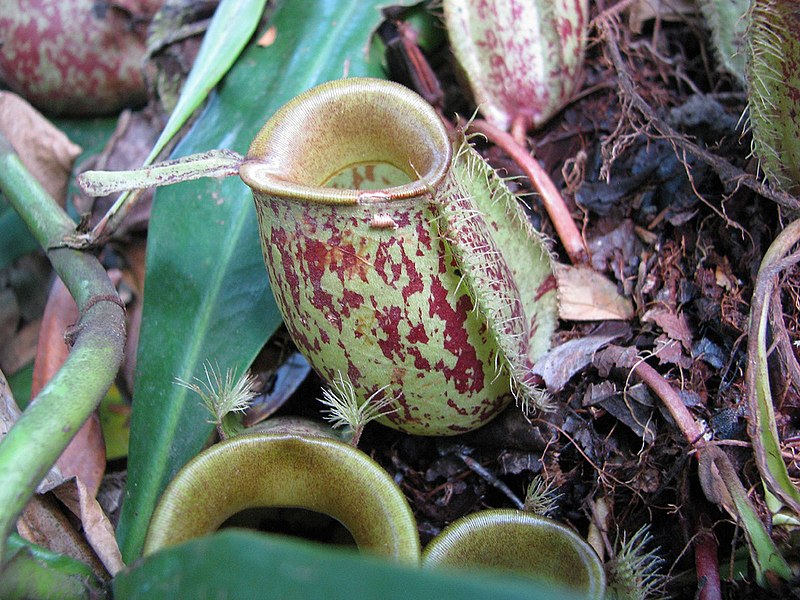
Pitcher plants are carnivorous plants that lure insects into their deep, pitfall-shaped leaves, where the prey is then digested. Found in tropical regions of Southeast Asia and Madagascar, they thrive in nutrient-poor soil, supplementing their diet with the nitrogen from captured insects. The pitcher’s slippery walls and sweet nectar trap unsuspecting insects, making escape nearly impossible. These plants have evolved in fascinating ways to survive in harsh environments, showcasing nature’s adaptability. Their intricate design and unique diet make them a favorite among plant enthusiasts.
Dancing Plant (Desmodium gyrans)
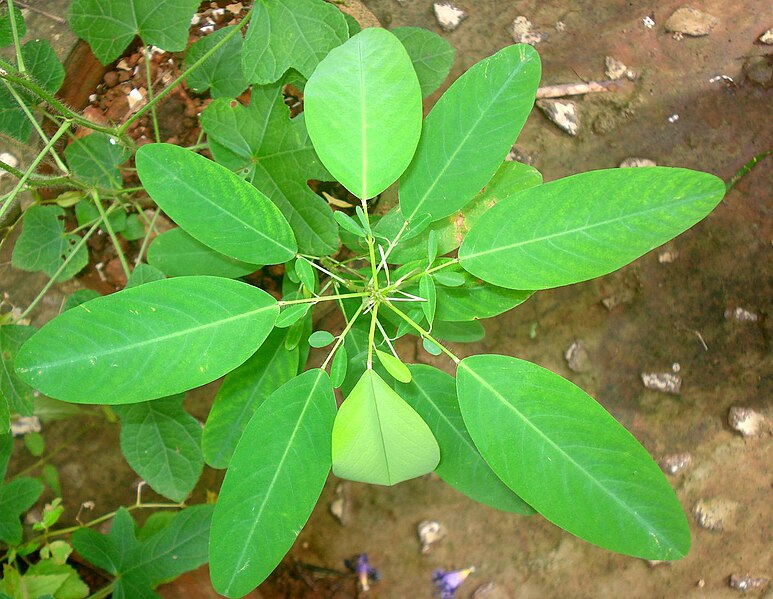
Also known as the Telegraph Plant, the Dancing Plant is unique for its movement, which occurs in response to sound or sunlight. The small lateral leaflets of the plant rotate and wave as if “dancing,” an activity that intrigued Charles Darwin and continues to fascinate scientists today. The movement is caused by changes in water pressure within the plant cells, a process known as osmosis. Native to Southeast Asia, it can be grown as an ornamental plant and is popular for its dynamic behavior. It’s one of the few plants that exhibits visible movement without external forces.
Black Bat Flower (Tacca chantrieri)
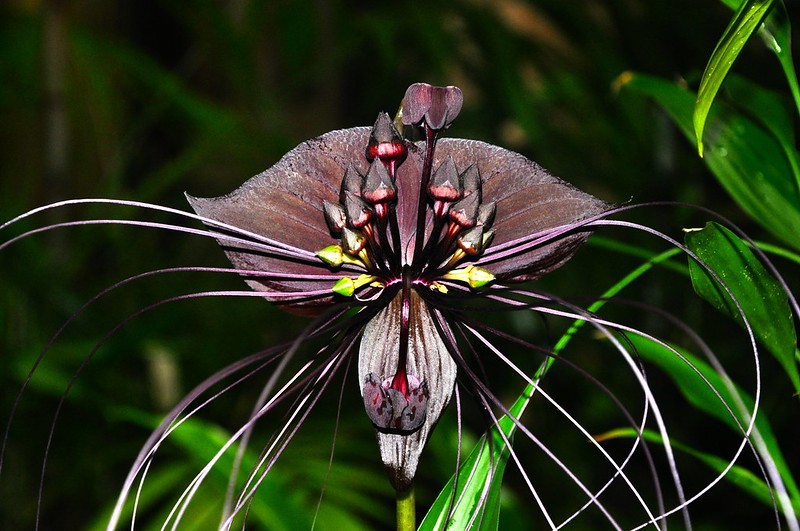
Another bat-inspired plant, the Black Bat Flower is notable for its dark, almost black bracts that resemble bat wings. Found in the rainforests of Southeast Asia, it thrives in shaded, humid conditions and produces long whiskers that can extend over two feet in length. The flower’s deep color and unusual shape give it an eerie, captivating presence. It can be grown indoors but requires careful attention to humidity and light. Its exotic appearance makes it a striking addition to any botanical collection.
Sea Cabbage (Mertensia maritima)
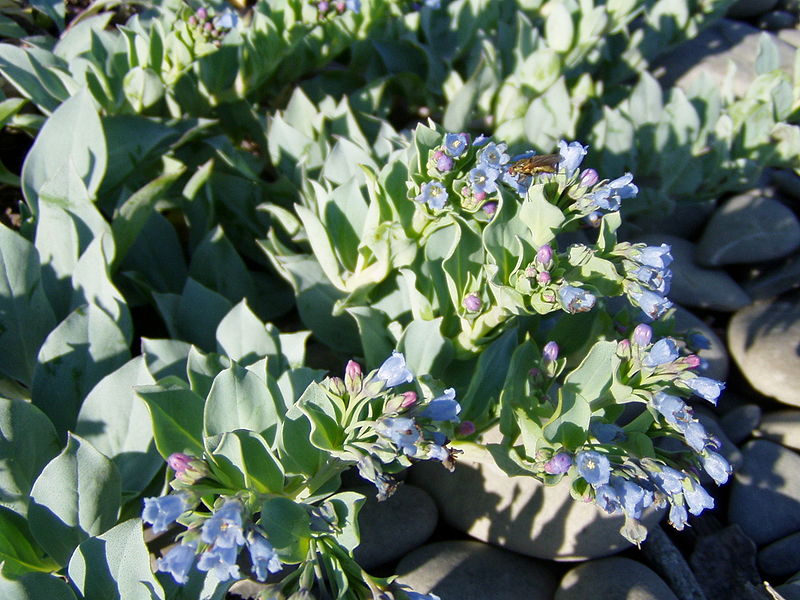
Sea Cabbage, or Oyster Leaf, is a coastal plant with fleshy blue-green leaves that taste remarkably like oysters. Found along the shores of the North Atlantic, this plant has been used in culinary dishes to mimic seafood flavors without needing the actual shellfish. The plant grows in sandy soils and tolerates saltwater, making it well-adapted to its coastal environment. Its unique taste and adaptability make it popular among chefs and gardeners alike. It’s a natural curiosity with culinary appeal.
Jade Vine (Strongylodon macrobotrys)
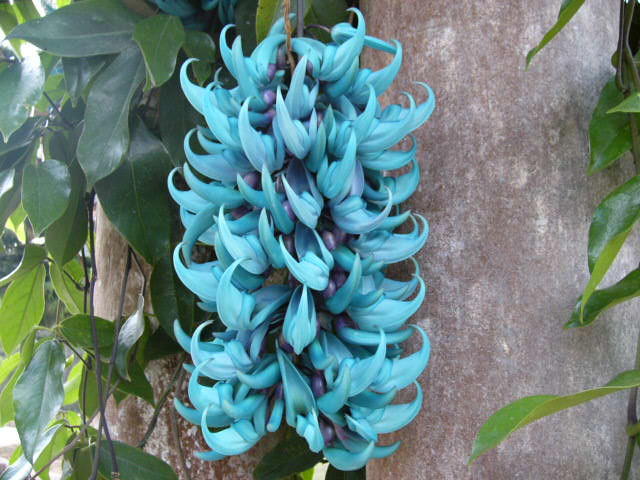
The Jade Vine is a stunning tropical plant native to the Philippines, known for its cascading clusters of jade-colored, claw-shaped flowers. These vines can grow up to 50 feet long, with flowers that are pollinated by bats at night. The plant’s striking color and unique flower shape make it a standout in botanical gardens around the world. It thrives in warm, humid environments and can be grown as an ornamental vine with the right conditions. This exotic beauty is a showstopper in any garden.
This article originally appeared on Rarest.org.
More From Rarest.Org
Eastern Europe is a region rich in history, culture, and natural beauty, yet many of its most captivating destinations remain under the radar for travelers. While cities like Prague and Budapest often steal the spotlight, there are countless lesser-known gems waiting to be discovered. Read more.
If you’re dreaming of a coastal escape where nature’s beauty remains untouched, secret beaches encircled by dramatic cliffs offer the perfect retreat. These hidden gems, tucked away from the bustling tourist spots, provide a serene and secluded atmosphere where you can truly unwind. Read more.
In the far reaches of our planet, there are species so rare and elusive that they seem almost mythical. These creatures, often residing in the most remote and hidden corners of the Earth, are also some of the most endangered. Read more.

